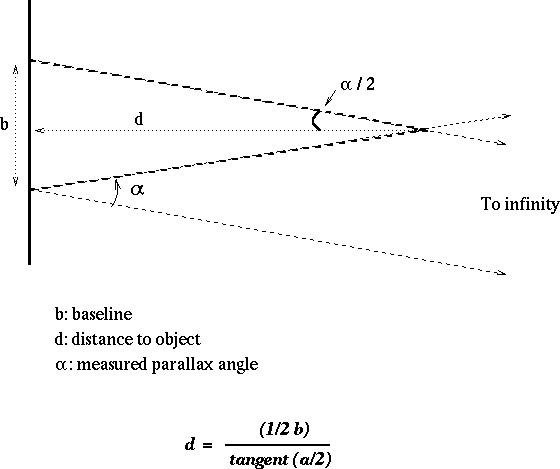

The zodiac constellation that each is in front of shifts Since these outer planets move, but only move slowly, Jupiter averages about 33° per year (Scorpio fall`07, Sgr fall`08. Slow Saturn moves only 13° each year (now moving through Leo) Planets : "regular" motion is Eastward along ecliptic It was a clean geometric concept, explains the phases of the Moon, and (as we've seen) even predicts eclipses. So it must be the other objects - stars, the Sun, planets - that move, orbiting around Earth. almost everybody at the time was convinced that Earth did not move, If our sun was smaller than Earth, we might expect it to orbit Earth (like it seems to do).īy 400 BCE Plato started teaching that all Celestial objects were spherical,

If Sol was 3x as far away, it would be 3x as large as Luna => only 3/4 as big as Earth. so its physical diameter is 1/2 x 1/57 x distance 57º * 2000 mi / ½º = 230,000 miles īecause Sol can be eclipsed by the New Moon, our Sun must be farther away from us than our moon is.īut nobody knew how much farther it was, so they didn't know how much bigger it was.Įach has angular diameter about ½°. The distance to the Moon could be estimated from its angular size : This meant the Moon was huge, even though it looks very small. Most people at the time never ventured more than 100 miles from their birthplace the diameter of the Moon is about 2000 miles. (he did correct for Earth's shadow being ½º smaller than the real Earth.) Seen on the face of the Moon during Lunar eclipses,Īs evidence that Earth's diameter was about 4x the Moon's diameter. Īround 420 BCE, Meton used the curving arc of Earth's shadow, or we re-write to find the distance to something The calculated size will have the same units as the distance. so we re-write this relation to find out the size of something Usually, we can measure the angle easily, just by looking at it (without the 57°, the size / distance ratio is in radians) Recall that 1° is 1 unit wide at 57 units awayĪs the distance gets larger, the angle gets smaller In telescope astronomy, each arc-minute can be split a second time, R Earth = 3950 American miles, or 6400 km. The arc length around a circle is 6.28 * R, so the Radius of Earth Since there are 360º around the entire circle, Earth's circumference is is 60 nautical miles.Ī nautical mile, 6076 ft, is 15% longer than an American road mile think shiny dimes an inch apart at 100 yards.ġº of latitude is 60 minutes of arc. (" resolve")spots that are 1 arc-minute apart Normal human eyes, when dark-adapted, can just barely distinguish Split the degree into 60 minute portions, called arc-minutes. so ancient astronomers (Babylon ~2000 BCE, maybe even earlier) In 530 BCE, Pythagoras expected his students to know the size of Earth.Ī 1º latitude difference on Earth is easily measured byĪ 1º altitude difference of the North Celestial Pole.ġº seems fairly big in the sky. Which they traveled across (at least in "days of travel" to go 1º). Most well-traveled people knew that Earth curved, North-South,Īnd recognized the huge size of that portion of Earth How did we learn sizes of things? Almost none of this history is in your textbook. PS 109 Topic 2 Page (2013 Summer) - Foltz Personal Webpage - CoS at Marshall U


 0 kommentar(er)
0 kommentar(er)
